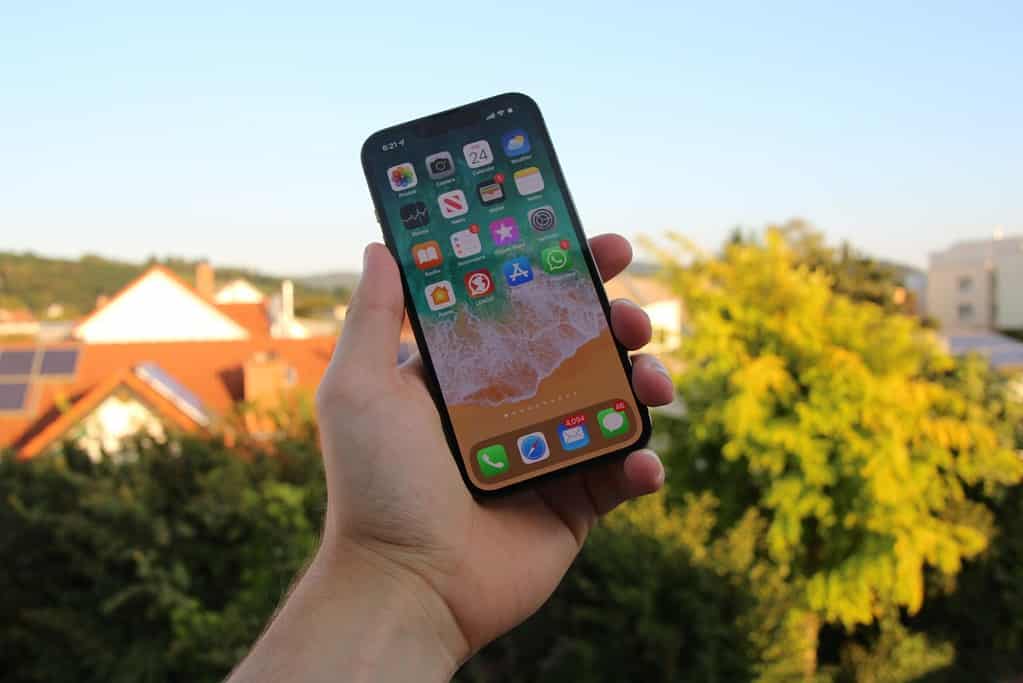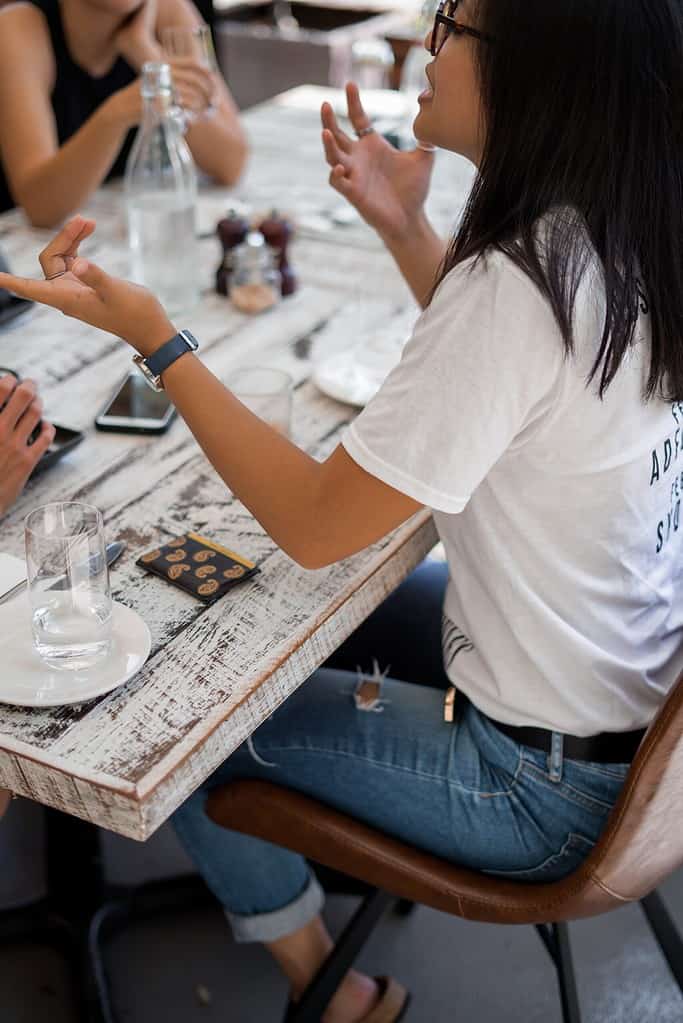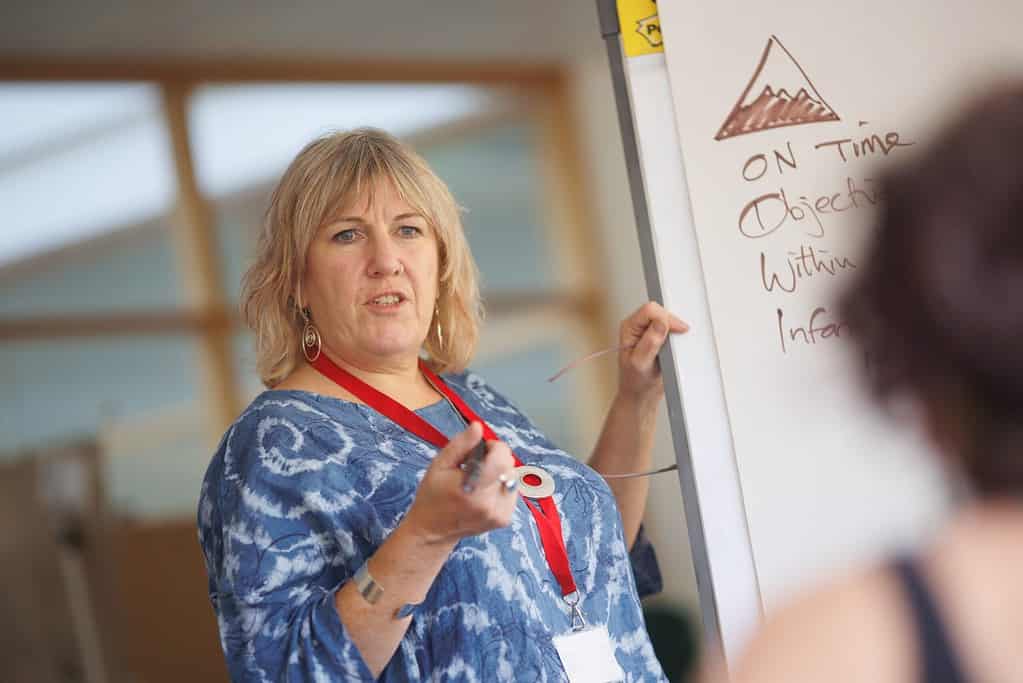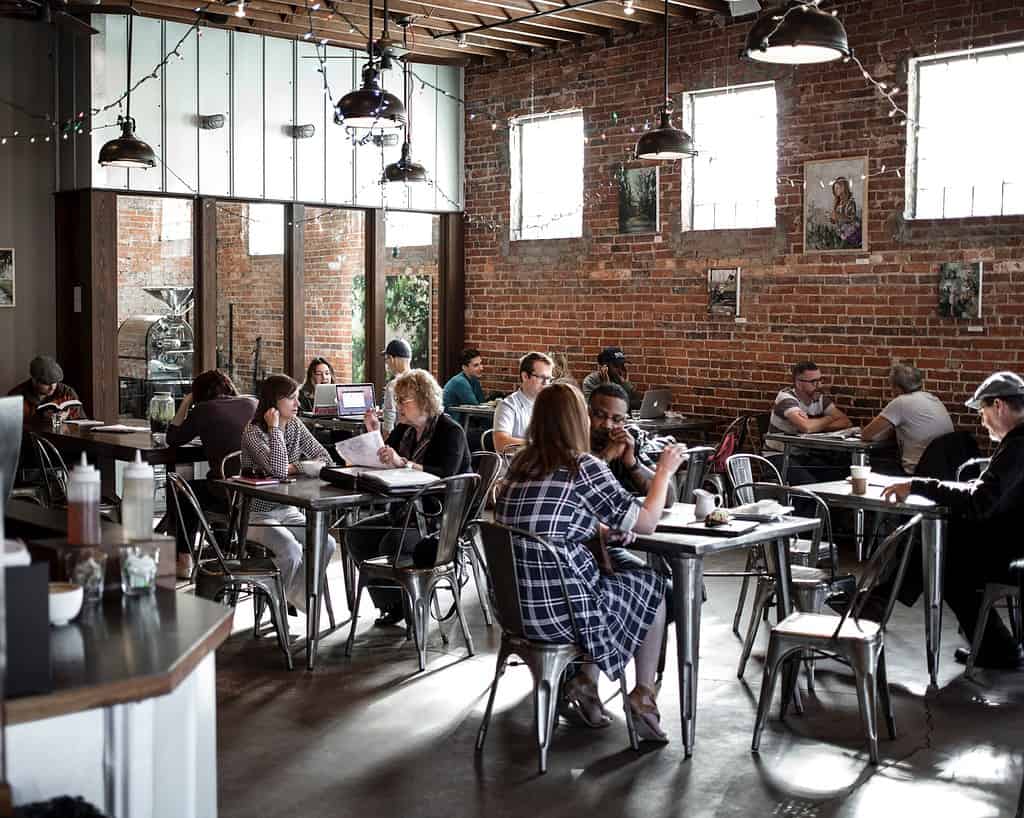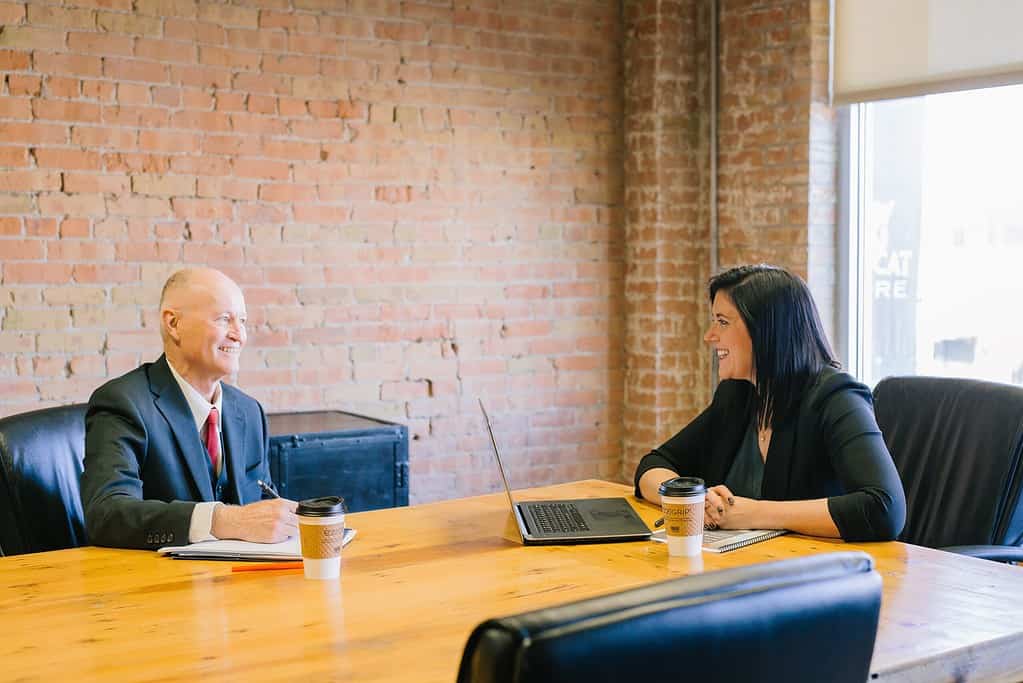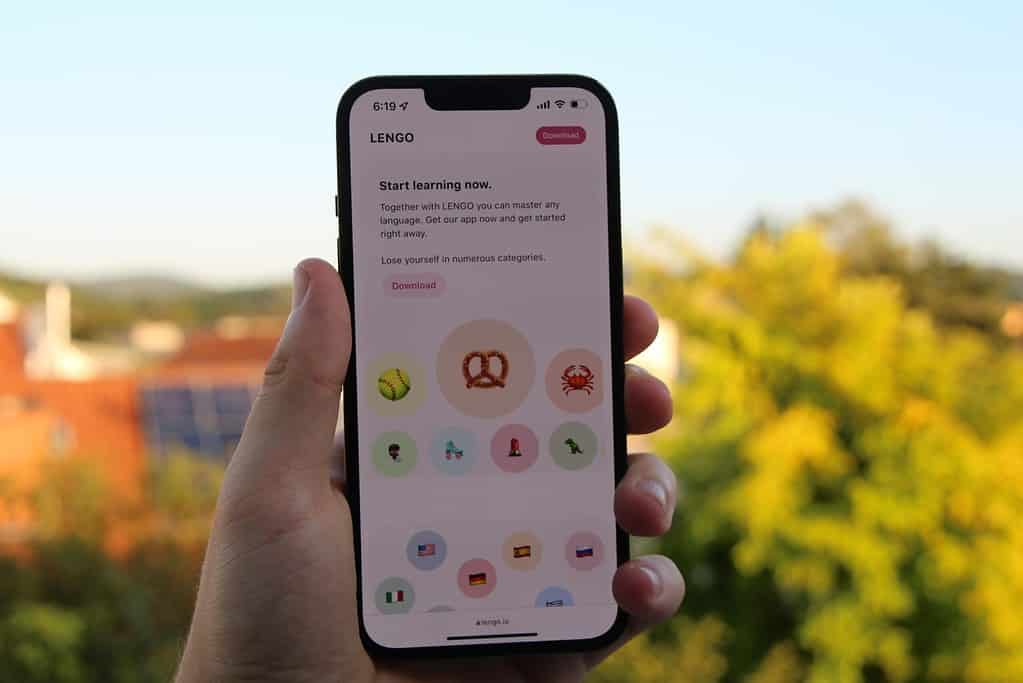Virtual reality (VR) is no longer just the stuff of science fiction – it has become a transformative tool in language learning. As a French learner with a penchant for tech innovation, imagine stepping into a Parisian café or strolling along the Seine without leaving your living room. This blog post explores how VR is revolutionizing the way we master French, blending immersive environments with interactive practice. If you’re curious about new educational frontiers, you can check out more details on how digital tools are reshaping language learning at swaplang.
The Rise of Virtual Reality in Language Learning
In recent years, the drive for immersive learning experiences has brought VR to the forefront of language education. Traditional methods of studying French are gradually being supplemented – and sometimes replaced – by dynamic VR environments that allow learners to practice real-life conversations and cultural nuances. A recent meta-analysis revealed strong evidence that VR significantly improves language learning outcomes. Researchers found that when learners are fully immersed, language gains are more pronounced. In fact, one study noted that vocabulary scores improved by as much as 93% when VR was integrated into learning routines (IMMERSE Improves Vocabulary Scores by 93%). Such insights underscore VR’s potential to dismantle barriers between classroom instruction and authentic conversational practice, making every learning session a mini-adventure in French culture and language.
Top VR Applications for French Learners
The market now offers a range of VR applications designed specifically for language enthusiasts. Among the best are apps that simulate everyday French scenarios – whether it’s ordering a meal in a bustling bistro, navigating public transit in Lyon, or simply chatting with local residents in a virtual Montmartre. Platforms such as Mondly – a widely recognized language tool – integrate VR to allow users to experience lifelike dialogues and interactive grammar exercises (Learn more about Mondly). Additionally, tech-savvy learners are tapping into innovative hubs that combine VR with metaverse experiences, as highlighted in a compelling article on how immersive digital worlds can boost your language skills (explore VR and the metaverse for language learning). This growing ecosystem of VR applications not only offers quantitative improvements in language proficiency but also makes studying French feel more like a playful exploration than a chore.

Integrating VR into Daily French Practice
While the promise of VR is exciting, integrating it into your daily French learning routine requires creativity and commitment. For many language enthusiasts, the real magic happens when VR is combined with structured practice. Imagine starting your day with a quick 10-minute VR session where you’re immersed in a French market, picking up fresh vocabulary about food and weather before your regular lessons begin. This seamless blend of real-life scenarios with focused vocabulary exercises has been shown to help reduce language anxiety (high-immersion VR benefits). Additionally, using your favorite digital platforms like swaplang to connect with native speakers can complement VR sessions by adding human elements of conversation and cultural exchange. The key here is consistency – even short daily VR practices can deeply engrain the rhythm and flow of French conversation.
Benefits and Challenges of Learning French with VR
There’s no denying that VR opens up a world of benefits for language learners. The immersive nature of VR allows for contextual learning – where you’re not just memorizing words but experiencing them in relatable settings. This method has proven to enhance retention and boost your confidence in speaking French. However, as with any innovative tool, VR comes with its own set of challenges. Technological barriers such as equipment costs, the occasional technical glitch, or even a sense of disorientation during prolonged sessions can pose drawbacks. Still, the rewards often outweigh the challenges: a lively, engaging environment that makes learning feel like a journey rather than a mundane task. For instance, the meta-analysis conducted on VR language learning revealed improvements in both vocabulary and conversational skills, despite some learners initially struggling to adapt (VR’s proven benefits in language acquisition). Learners who embrace these challenges often discover that the initial discomfort fades, making way for a more robust learning experience.
Success Stories: Learners Who Mastered French via VR
Every success story shared in the VR community is as unique as the learner behind it. Take, for example, the story of a dedicated student who combined daily VR sessions with regular conversations via swaplang. This blend of immersive technology and human interaction not only accelerated her French fluency but also deepened her appreciation for French culture. Such stories are not isolated—across forums and educational platforms, learners report breakthroughs attributable to experiencing French in a virtual yet realistic context. These anecdotes serve as a reminder that while textbooks might offer the theory, real-world simulation in VR delivers practical, experiential learning. If you’re eager to write your own success story, consider integrating VR sessions with proven language exchange platforms, such as swaplang, where you can practice speaking with native French speakers in secure, ad-free rooms.
Embracing virtual reality for French learning is more than just upgrading your tech; it’s about rethinking how language is taught and absorbed. As you experiment with immersive environments, pairing them with traditional conversation practice can lead to remarkable progress. If you’re ready to start an innovative journey toward mastering French, dive in with VR and join a community that supports your growth at every step. Sign up today at swaplang for a free trial and experience firsthand how technology can redefine your language practice.



